When it comes to hair extensions, there are several options to choose from including Brazilian hair, Peruvian hair, Malaysian hair, and Indian hair. Each of these types of hair has its unique characteristics, advantages, and disadvantages. In this article, we will delve into the differences and similarities between Brazilian, Peruvian, Malaysian, and Indian hair, and which one is better.
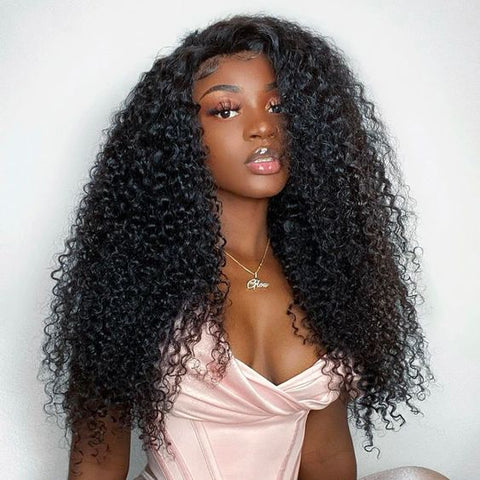
The Differences between Brazilian Hair, Peruvian Hair, Malaysian Hair, and Indian Hair
Brazilian Hair:
Brazilian hair is a type of hair extension that is known for its thickness, lusciousness, and natural shine. It is sourced from Brazil, and it is widely popular due to its high quality. Brazilian hair is generally straight or wavy and can come in a range of lengths and colors. It is also durable and can withstand heat styling, making it ideal for those who frequently use hot tools on their hair.
The texture of Brazilian hair is perfect for those who want to add volume to their hair. It is voluminous, and when installed properly, it gives a natural look. It is worth noting that Brazilian hair comes in different grades, with grade 8A being the highest and most expensive. Lower grades like 5A and 6A are less expensive but may not be as high in quality as the higher grades.
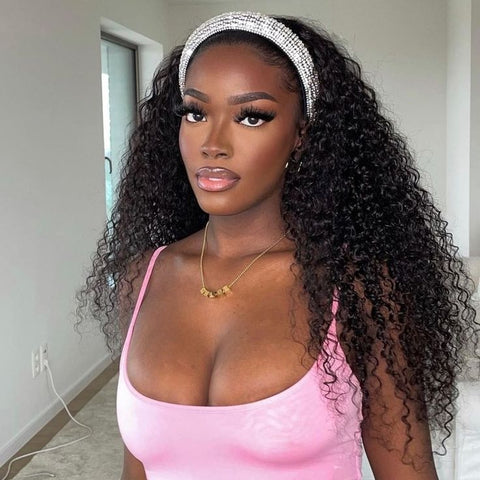
Peruvian Hair:
Peruvian hair is another popular option for hair extensions. It is known for its softness and lightweight texture, which makes it ideal for those who want to add length and volume to their hair without adding extra weight. It has a slightly coarser texture compared to Brazilian hair and blends effortlessly with natural hair.
Peruvian hair is popular among women with fine or thin hair because it does not add weight or bulk to the hair. The texture is usually straight or wavy, but it can also come in curly textures. It is worth noting that Peruvian hair can be expensive, but the softness and lightweight texture make it a worthwhile investment.
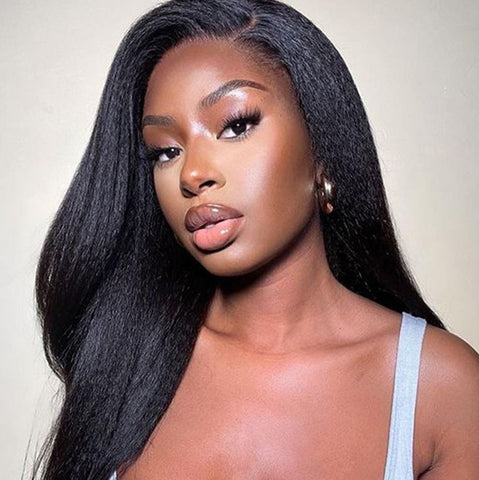
Malaysian Hair:
Malaysian hair is another popular option that is known for its silky texture and glossy appearance. It is thicker than Indian and Brazilian hair and has a natural wave pattern. It is best suited for those who want straighter, shinier hair that requires minimal maintenance.
Malaysian hair is perfect for those who want to achieve a sleek and polished look without much fuss. It is also versatile and can be styled in various ways. Like Brazilian and Peruvian hair, Malaysian hair comes in different grades, with 9A being the highest quality.
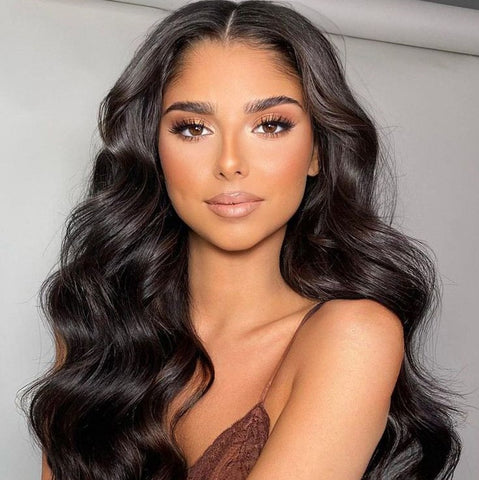
Indian Hair:
Indian hair is widely regarded as the most versatile and readily available type of hair extension. It is sourced directly from India, and it comes in a range of textures, from straight to curly. Indian hair is finer than Brazilian hair and has a natural sheen that makes it look healthy and vibrant.
The texture of Indian hair is suitable for those who want to achieve a natural look. It is easy to style and holds curls well. Indian hair also has a low maintenance routine, making it ideal for busy women who want to maintain their hair's health while still looking stylish.
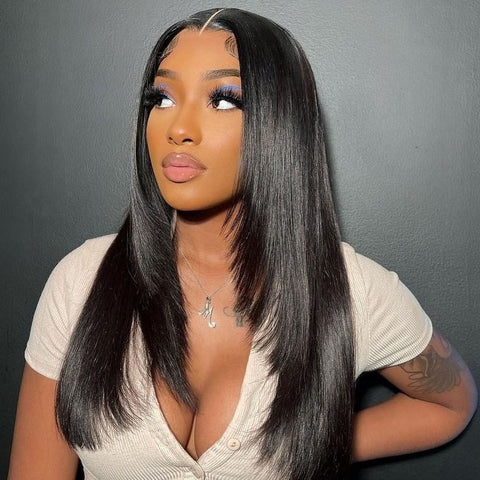
The Similarity of Brazilian Hair, Peruvian Hair, Malaysian Hair, and Indian Hair
Despite their differences, there are some similarities between Brazilian, Peruvian, Malaysian, and Indian hair. For instance:
a) All four types of hair are 100% human hair, meaning they are sourced from real hair donors. This means that they are natural and can be styled like your own hair.
b) They all come in various textures, such as straight, wavy, and curly.
c) They are all available in different lengths.
d) They are all tangle-free and shed-resistant if taken care of properly.
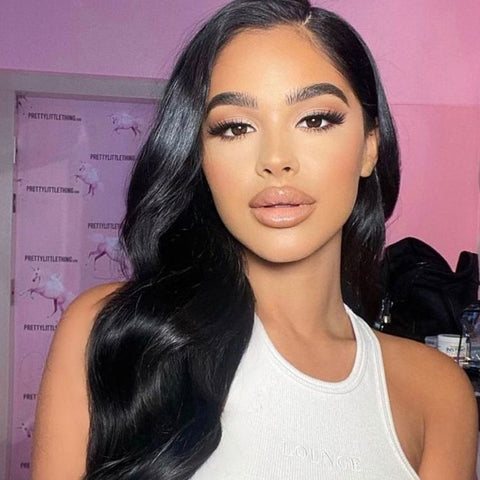
Which Hair Is Better, Brazilian Hair, Peruvian Hair, Malaysian Hair, or Indian Hair?
Choosing the right type of hair extension depends on your personal preferences, budget, and hair texture. Here are some factors to consider when choosing between Brazilian, Peruvian, Malaysian, and Indian hair:
a) Texture: If you want to achieve a natural and textured look, Brazilian hair is the best choice. For a silky and soft feel, Peruvian hair is perfect. If you prefer a fine texture, Malaysian hair is ideal. And, if you want thick and strong hair, Indian hair is the way to go.
b) Durability: If you plan to wear your hair extensions for an extended period, Brazilian hair is a good option because of its durability. However, if you are looking for something lightweight and easy to manage, Peruvian or Malaysian hair may be more suitable.
c) Styling: All four types of hair can be styled in different ways, but Indian hair is the most versatile. It can be colored, permed, or straightened without getting damaged.
d) Budget: Brazilian and Peruvian hair are the most expensive options, while Malaysian and Indian hair are more affordable.
If you prefer thicker, more voluminous hair, then Brazilian hair may be a suitable option for you. For those who want hair that is soft and lightweight, Peruvian hair may be the best choice. Malaysian hair is ideal for those who want sleek, shiny, and straight hair. Indian hair, on the other hand, is versatile and can be styled in a variety of ways.
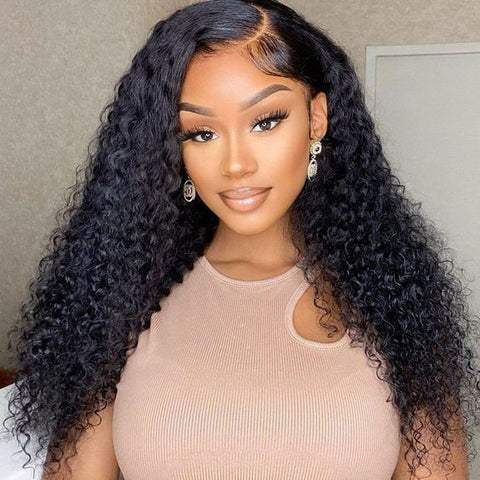
Is Peruvian Hair the Best?
It is difficult to say that one type of hair is better than the other because it all comes down to personal preference. Peruvian hair is undoubtedly an excellent choice for people who want a silky and soft texture. It is also lightweight and easy to manage, which makes it perfect for everyday wear. Moreover, Peruvian hair is versatile and can be styled in different ways to suit your preferences. However, it may not be the best choice for everyone. It is important to consider your hair needs, budget, and lifestyle before deciding on which type of hair extension to choose.
In conclusion, Brazilian, Peruvian, Malaysian, and Indian hair each have their unique qualities, advantages, and disadvantages. Ultimately, the choice of which one to choose comes down to personal preference, budget, and lifestyle. It is important to do your research, read reviews, and consult with an experienced stylist before making a decision.
